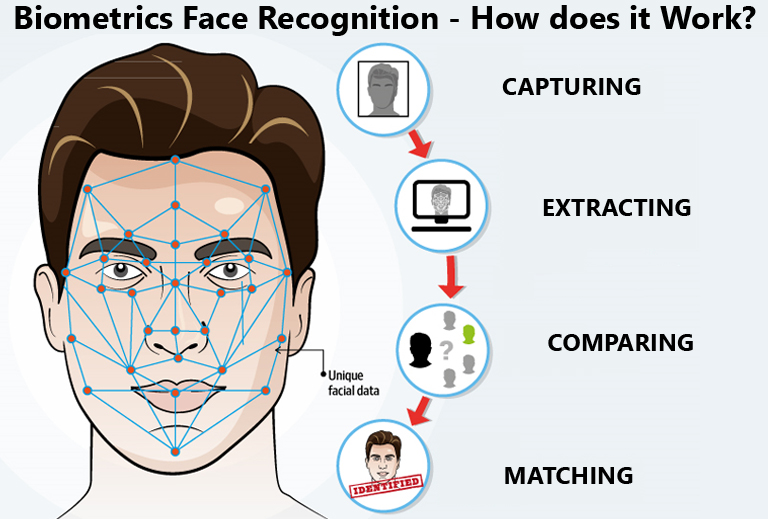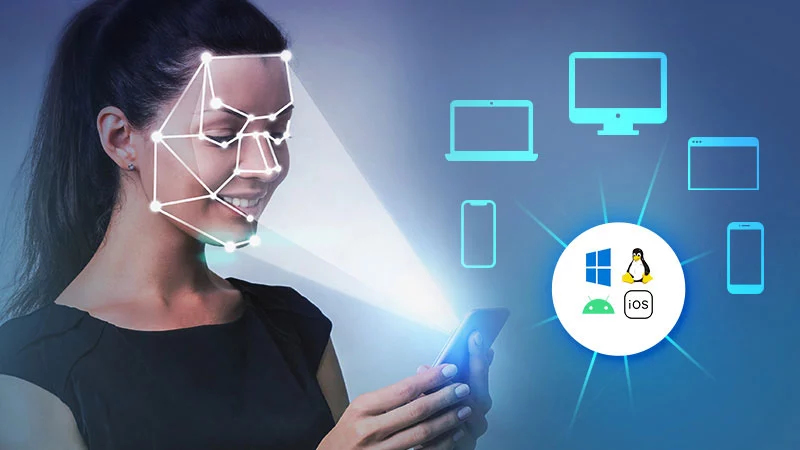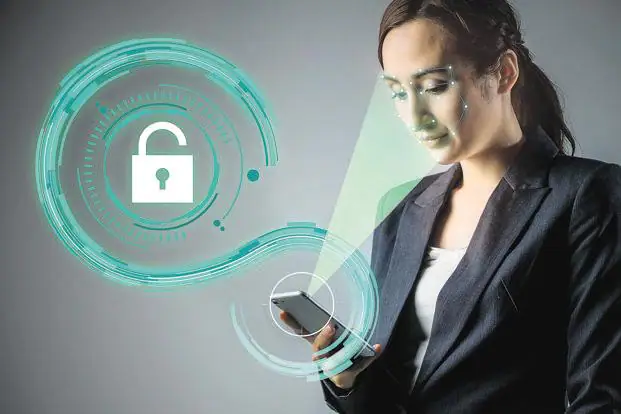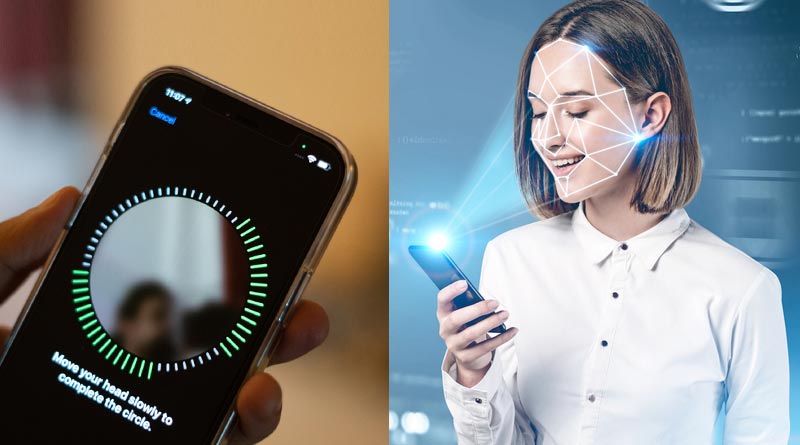In the contemporary landscape of technological advancements, the ubiquitous integration of face recognition into smartphones has revolutionized the way we interact with our devices. This innovative technology not only provides a seamless and secure user experience but also represents a leap forward in the realm of biometrics. In this comprehensive exploration, we will delve into the intricacies of how face recognition works on your phone, unraveling the underlying mechanisms without delving into technical jargon.
Introduction to Face Recognition Technology

Face recognition, a biometric marvel, operates by identifying or verifying individuals based on the analysis of facial features. Unlike conventional methods like passwords or PINs, this technology offers a natural and convenient means of unlocking your device.
The Key Components
- Facial Data Capture: When you set up facial recognition on your phone, the device captures a series of images of your face. These images serve as the foundational data for the technology to recognize you in subsequent interactions.
- Feature Extraction: The next step involves extracting distinctive features from the captured images. These features include the distance between your eyes, the shape of your nose, and other unique facial contours.
- Creating a Facial Signature: Utilizing the extracted features, the device generates a digital facial signature. This signature acts as a mathematical representation of your face, serving as a unique identifier.
The Role of Artificial Intelligence
“Contrary to prevailing assumptions, not all face recognition systems heavily depend on artificial intelligence (AI),” explained Dr. Jennifer Martinez, a biometrics expert at SecureID Technologies. “While some basic systems use predefined algorithms without a learning component, more advanced implementations leverage AI to enhance accuracy and adapt to changes in your appearance over time.”
Localized Processing for Privacy

One major benefit of face recognition on smartphones is the increasing use of on-device processing. This means your phone does all the work of recognizing your face itself, without sending your facial data to the cloud. Unlike some cloud-based systems that raise privacy concerns, on-device processing keeps your sensitive biometric information secure within your phone, adding an extra layer of privacy to this convenient unlocking method.
Security Measures and Misconceptions
- Depth Perception and 3D Mapping: To bolster security, many smartphones employ 3D mapping technology. This entails creating a three-dimensional model of your face, considering depth and contours. Such measures make it more challenging for someone to trick the system with a mere photograph.
- Myths about Face Recognition: Addressing common misconceptions is imperative. Contrary to some beliefs, face recognition technology does not solely hinge on skin color or specific facial expressions. It relies on a combination of factors, rendering it a versatile and inclusive authentication method.
Accessibility and Inclusivity
Face recognition isn’t just about convenience; it’s about accessibility too! For people with limited hand mobility or difficulty using fingerprint scanners, face recognition offers a user-friendly way to unlock their phones. However, developers need to keep inclusivity in mind. Facial recognition systems should be designed to work well with a diverse range of facial features, ensuring everyone can benefit from this technology.
Continuous Improvements and Updates

The field of face recognition technology is dynamic, marked by continuous enhancements. Manufacturers routinely release updates to address vulnerabilities and amplify the overall performance of facial recognition on your phone. Staying abreast of these updates ensures that users benefit from the latest strides in security and usability.
Face unlock More than just a tech trick. It’s a blend of innovation and convenience, offering a secure and speedy way to access your phone. Understanding how it works can dispel myths and make you appreciate its ease of use. As this tech keeps getting better, stay informed and embrace the future of smartphone security – it’s right in your face!
Embracing the future entails not only understanding but actively participating in the evolving landscape of facial recognition technology. For more such posts please visit our Technology section.



